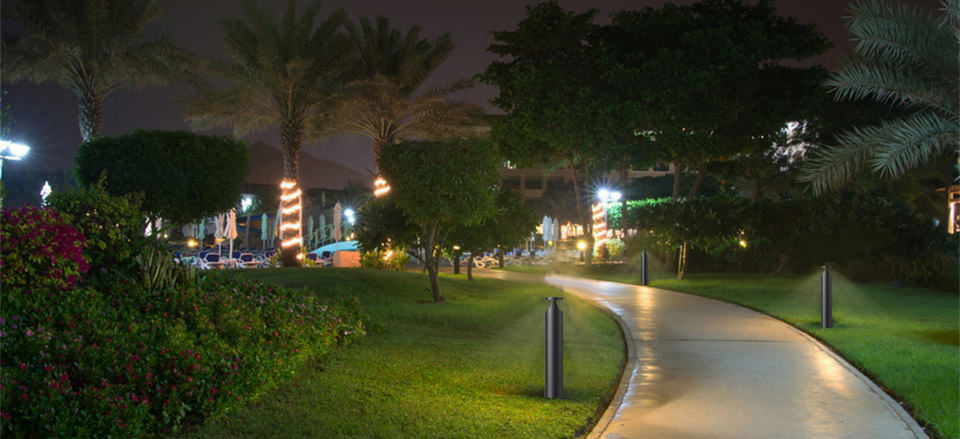Solar LED lights have become increasingly popular in recent years due to their numerous advantages and the trend towards sustainability. These lights use solar panels to convert sunlight into energy, which is then used to power LED lights. The benefits of solar LED lights are many, and they can be a great option for those looking to reduce their environmental impact, save money on energy costs, and improve the safety and security of their property.
Advantages of Solar LED Lights
- Energy Efficiency: Solar LED lights are highly energy-efficient and can provide up to 90% energy savings compared to traditional lighting sources. They consume very little energy and have a longer lifespan than traditional lights.
- Renewable Energy: Solar LED lights are powered by sunlight, which is a renewable energy source that is abundant. This makes them an environmentally friendly alternative to traditional lights that rely on non-renewable energy sources.
- Low Maintenance: Solar LED lights require very little maintenance compared to traditional lights. They do not have any moving parts, and their batteries typically last for several years.
- Cost-Effective: While the initial cost of solar LED lights may be higher than traditional lights, they are more cost-effective in the long run due to their energy efficiency and low maintenance costs.
- Versatility: Solar LED lights are versatile and can be used in a variety of settings, including outdoor lighting, indoor lighting, and emergency lighting. They are also available in a range of designs, sizes, and colors to suit different needs.
Determining if an Area is Suitable for Solar Energy
When considering if an area is suitable for solar energy, there are several factors to take into account. The most important of these factors are:
- Amount of Sunlight: The amount of sunlight that an area receives is the most important factor when determining if it is suitable for solar energy. Areas that receive more sunlight are more suitable for solar energy than areas that receive less sunlight.
- Weather Patterns: Weather patterns can also affect the suitability of an area for solar energy. Areas with consistent sunny weather are more suitable than areas with frequent cloud cover or rain.
- Roof Orientation: The orientation of a roof can also affect the suitability of an area for solar energy. Roofs that face south are more suitable than roofs that face north.
- Shading: Shading from trees, buildings, or other objects can also affect the suitability of an area for solar energy. Areas with minimal shading are more suitable than areas with significant shading.
In conclusion, solar LED lights offer numerous advantages over traditional lighting sources, and their avant-garde design is promising. When determining if an area is suitable for solar energy, it is important to consider factors such as the amount of sunlight, weather patterns, roof orientation, and shading. By taking these factors into account, you can determine if solar energy is a viable option for your area and enjoy the benefits of this sustainable and cost-effective energy source.













